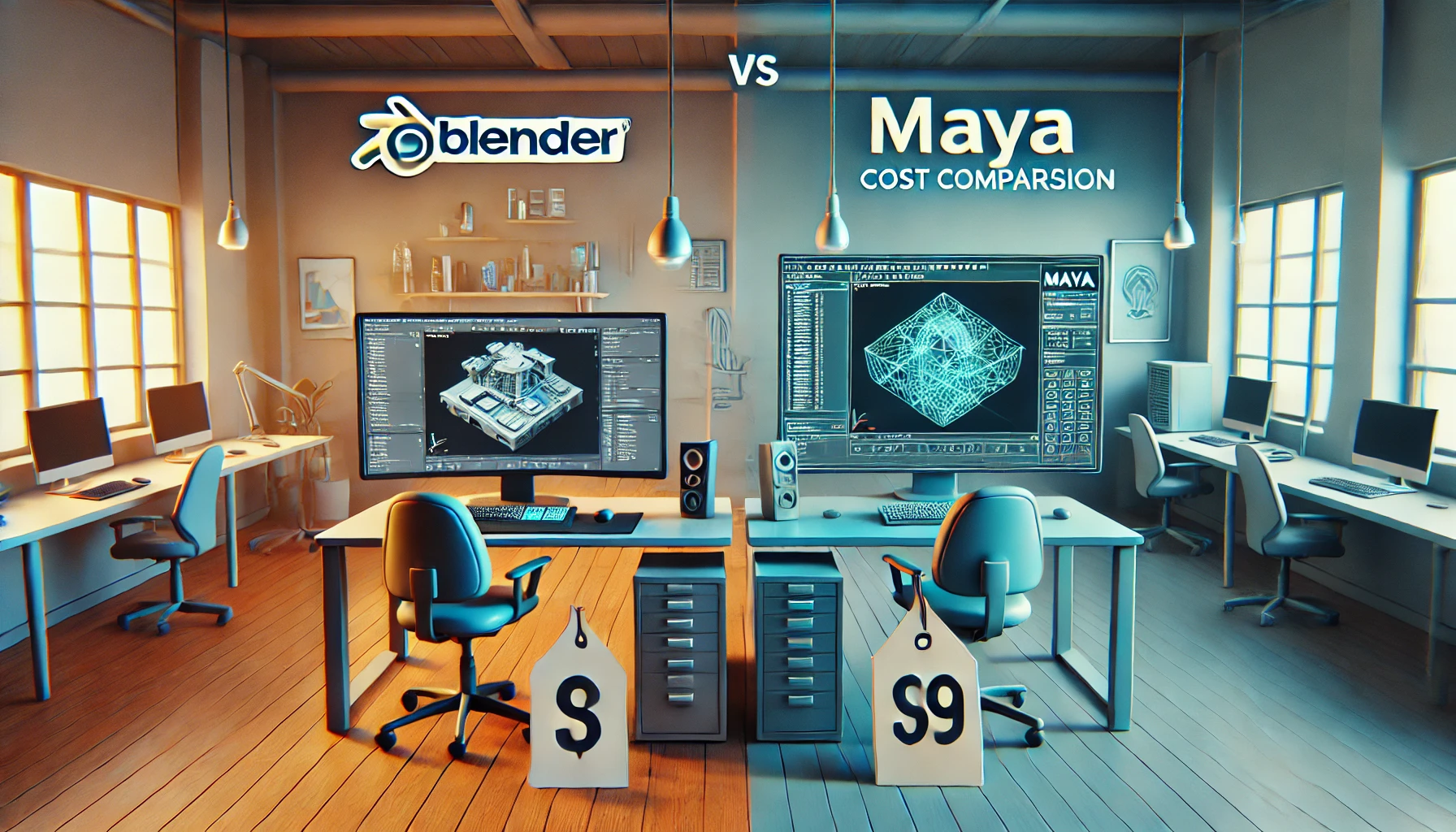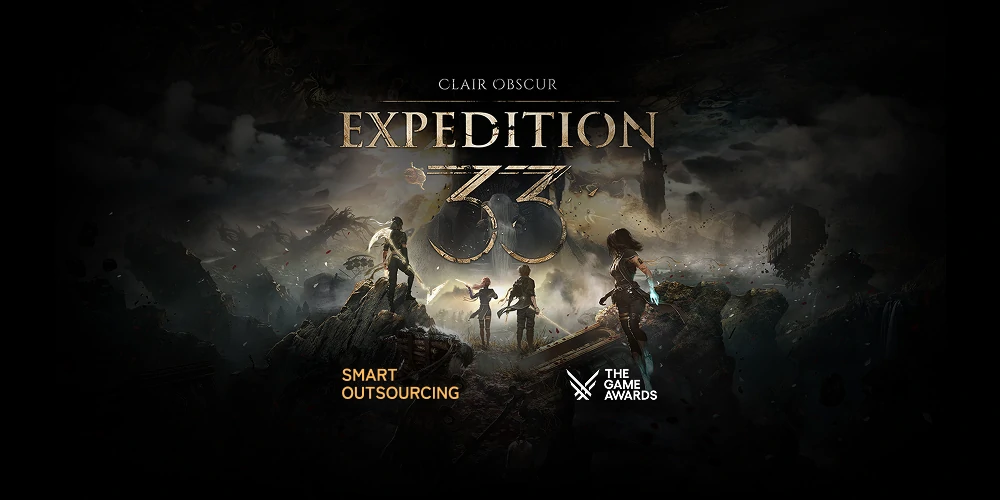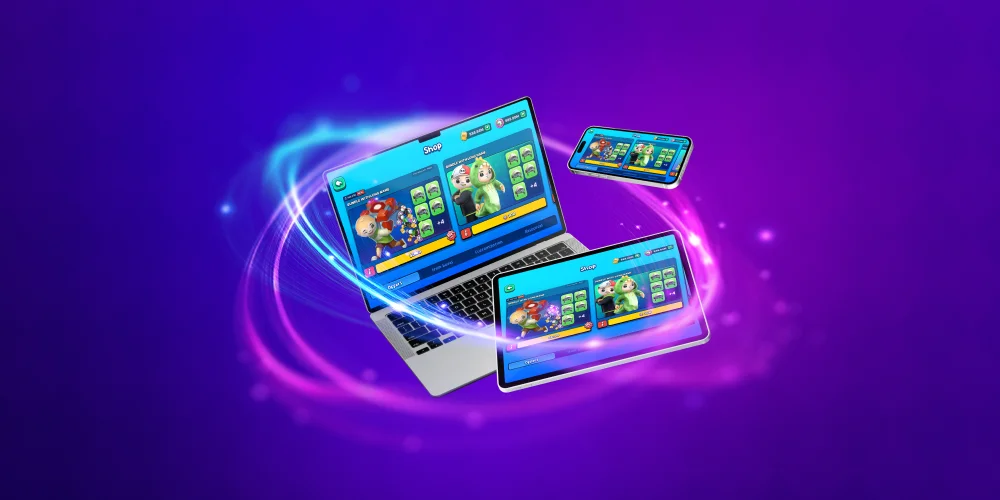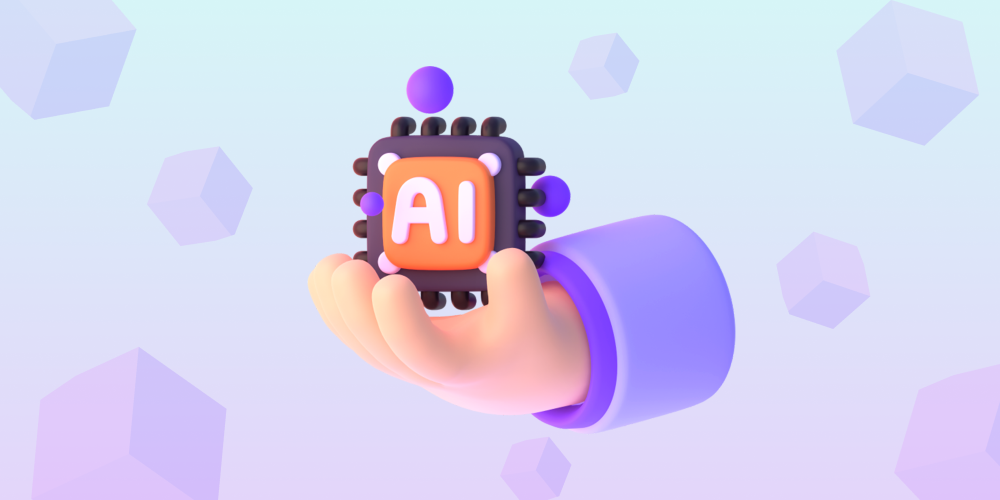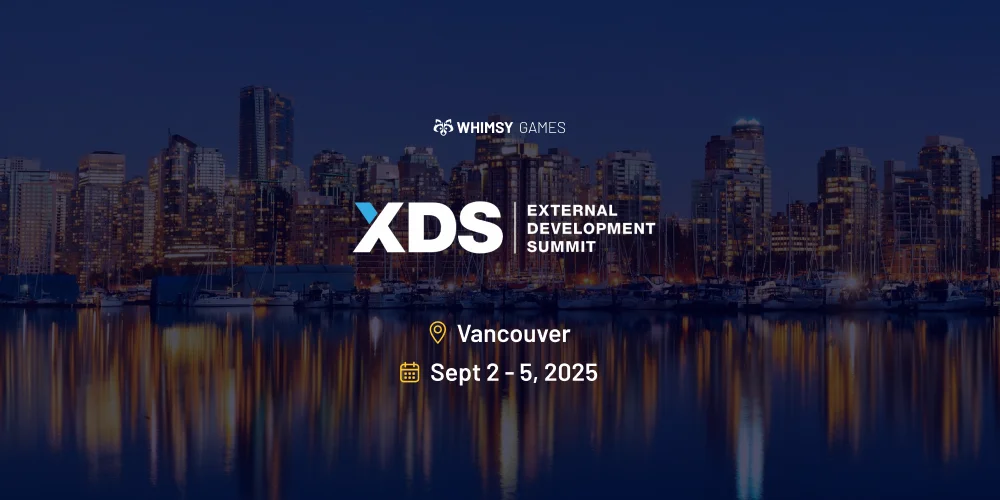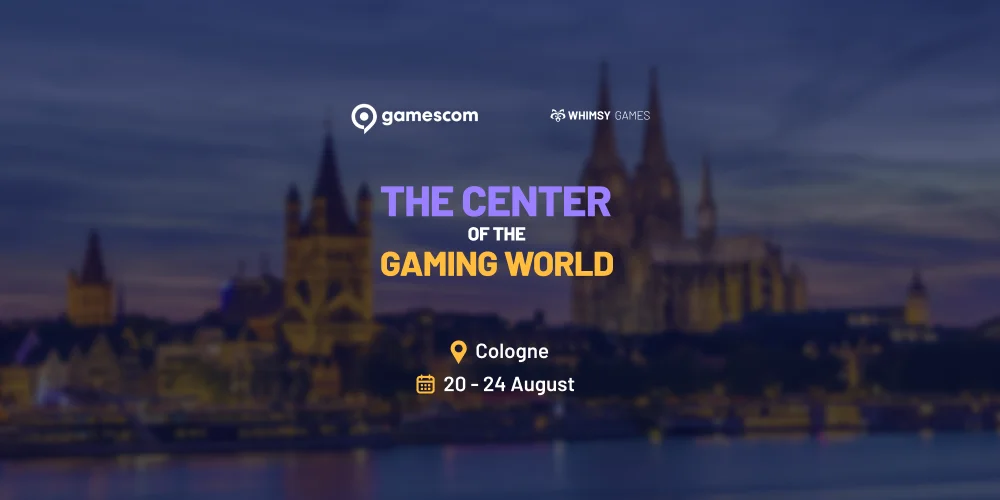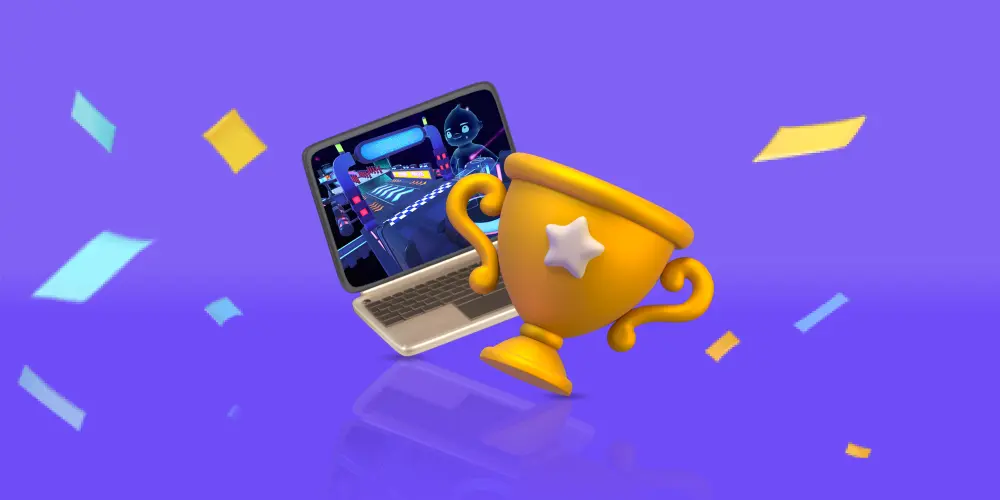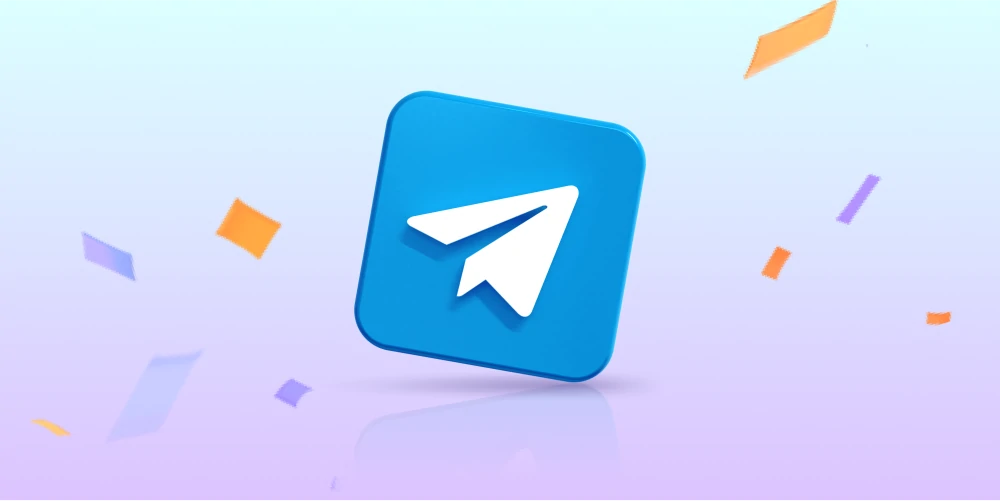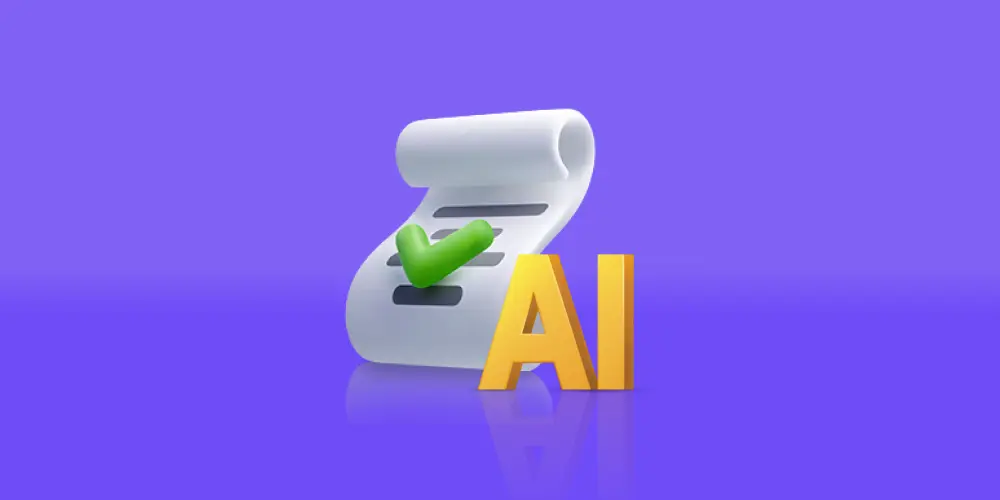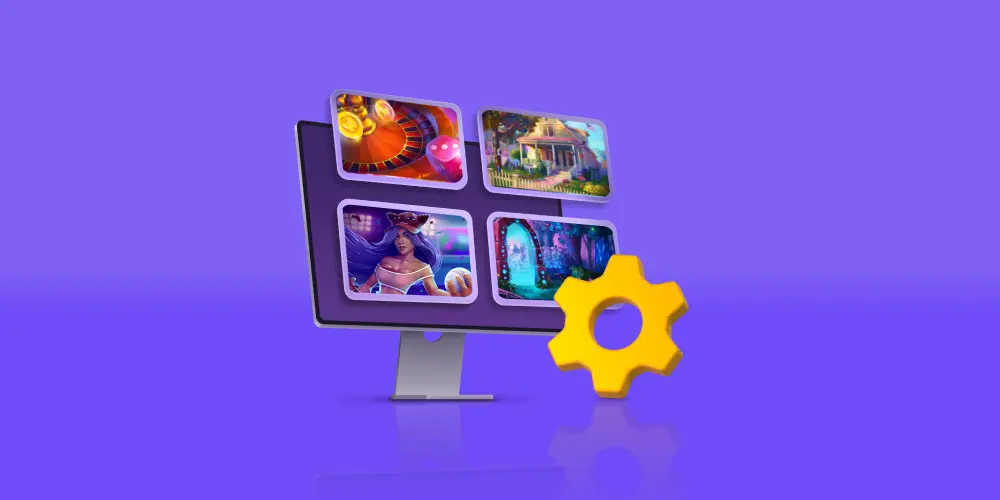KEY POINTS OF THE ARTICLE
- Introduction to Blender and Maya as key tools in 3D game development.
- Overview of Blender as a free, open-source software with powerful modeling and animation features.
- Examination of Maya as an industry-standard tool with advanced animation and visual effects capabilities.
- Comparison of cost Blender’s free model versus Maya’s subscription-based pricing.
- Integration with other tools Blender’s compatibility with Unity and Unreal Engine, and Maya’s seamless workflow with ZBrush and 3ds Max.
- Tips for choosing the right tool based on budget, project scope and desired features.
- Idea of community support and learning resources for both tools.
- Conclusion highlighting the unique strengths of Blender and Maya for different needs.
Introduction
The world of 3D animation tools offers many choices: two notable examples include Blender and Maya. These are the two common tools that many game developers (beginners or experts) face troubles in choosing between. Cost matters, but it isn’t the only quality to be considered. Based on the details, you can pick the right tool for your 3D art creation journey.
Blender for Game Development
Blender: Free 3D creation tool that anyone can use. Many game developers, especially those in smaller teams, love it for how easy it is to access. Modeling, sculpting, and shading game assets can be done effectively with Blender’s powerful tool set. This assists in transforming game developers’ ideas into an actual title without having to extensively invest money. Many game design studios also utilize Blender to create high-quality assets while keeping production costs efficient.
Exploring the key features and capabilities of Blender
The best part of Blender is it has everything you need in one place. It’s important to highlight that you can model in the same program as animated and once finished render it without needing other programs.
Its highlights are as follows:
- Blender — Robust modeling tools It has modifiers for nondestructive workflow, so it is ideal to be the first thing in modeling.
- Powerful Animation Capabilities : Bring your characters and subjects to life through Blender’s animation tools. This might include rigging, skinning or simulation.
- Powerful Rendering Engine: Blender features Cycles, an amazing production-ready rendering engine. It is known for its realistic results.
How Blender Supports Game Developers
The gaming industry is growing. Whether a game developer is an aspirer or a regular, Blender has something that he/she can benefit from. Because Blender has a big and active community It allows new beginners to get as many resources they want. Developers can find assistance and many online tutorials, forums or groups. This easy access is one reason why Blender is becoming a more popular game development scene.
Autodesk Maya for Professional Game Creators
The most common software for 3D animation used by game studios is Autodesk Maya. It has a wide range of tools and strong features. And that is really what allows creators to work on intricate projects. An example would be expressive character animations, along with stunning visual effects.
Maya: Toolbox of Tricks and Tools For Complicated Projects
The main reason why Maya is a superpower is that it can fulfill high-level production requirements. It is in the following important categories that its tools are more niche and advanced.
- Character Animation: Maya is famous for deep and elaborate animation tools. With its powerful rigging and animation tools, it produces realistic character animations.
- Impact on Visual Effects: Maya includes a plethora of tools for visual effects like particle simulations, and fluid dynamics.
- Scripting and Automation: Maya has a powerful scripting language (MEL) which allows you to script repeatable tasks, build custom tools that can be used time and again making work on complex projects easier.
Why Leading Studios Choose Maya
Leading 3D game art studios often choose Maya. It has a strong set of tools for animation, visual effects and character animation. In the industry, Autodesk Maya is renowned for its muscle. Studios like it because of some of the more advanced features such as IK and graph editor. These features are conducive to accurate modeling and interesting character animation. With great compatibility + plugins, Maya is a versatile 3D modeling software to produce some excellent Artworks. This makes Maya, which uses an intuitive UI and is supported across many areas such as gaming to architectural visualization a number one choice for studios.
Blender vs Maya — Game Design Performance And Efficiency
Blender and Maya have both recently made remarkable progress in terms of performance. However, their good points are different depending on what you want and what your project requires. The ideal tool can vary, sometimes depending how complex the project is and other times because of what driver/hardware devs have on hand.
Render Times & Quality Compared
- Blender: The Cycles rendering engine used in Blender is regarded as one of the most efficient and powerful ways to create photorealistic images. That said, rendering complex scenes in Cycles takes time especially on not so powerful hardware.
- Maya: Maya, when paired with a robust renderer like Arnold, is known for its speed and efficiency, especially when working on high-resolution projects.
Here’s a brief comparison:
|
Feature |
Blender | Maya |
|
Renderer |
Cycles, Eevee |
Arnold, Redshift, V-Ray (via plugins) |
|
Render Quality |
High (Cycles), Real-time (Eevee) |
High |
| Render Speed | Moderate to Slow (Cycles) |
Fast (with powerful hardware) |
Workflow and User Experience: Which is More Intuitive?
- Blender: Blender has updated its user interface (UI) to improve the experience for users. It’s one-window design and customizable layout are easy to use, especially for beginners.
- Maya: Maya does allow for customization in its user interface, but it can seem more complicated. This is because of its advanced features and node-based system.
In the end, the “best” way to work depends on what each person likes and the kind of project they are working on.
Blender vs Maya: Cost Comparison
The difference in price between Blender and Maya is significant enough to matter when you are making the decision. Blender is open source – i.e. free to use for anyone out there. However, Maya is a subscription-based software, which can make it harder for some people to start using it.
Initial Investment and Ongoing Costs
- Blender: There is no cost to begin using Blender. The software is open-source and can be downloaded, used free of charge or shared. This is hugely attractive to single creators, small studios and schools.
- Maya: Maya’s subscription fee depends on the plan and your period of time to subscribe for. A monthly plan is available, but an annual or lengthier term can save you money in the long run.
Open Source vs Licensed Software: Pros and Cons for your Budget
Budget and need are essentially what it comes down to when you’re pondering whether open-source or licensed software is right for you. Blender is one of the simplest free open-source software you can acquire. Good for single developers, hobbyist or start-up businesses who do not have too much money.
On the other hand, licensed software generally provides a strong support network that is regularly updated and meets industry norms. Large studios that are working on paid projects can find this crucial. Typically, the selection is made based on two key factors: how much you can afford to spend and what support your project needs.
Integration with Other Tools: Unreal Engine, Unity, and More
Game development usually does not depend on one tool alone. Luckily, both Blender and Maya work well with other popular game engines and software. A smooth workflow is made possible by this.
Blender in the GameDev Pipeline
Blender is becoming more in tune with game dev. It has seamless integration with widely used game engines such as Unreal engine and Unity. This makes assets easy to import and export. Particularly the use of some models in FBX file format will be useful because this is a very flexible way to help the data transition smoothly between Blender and other programs.
Blender Platform also supports Python scripting for developers. This enables them to make custom tools and plugins as per their own requirements. Blender is not the industry standard, but it’s compatibility-mindedness makes it an appealing option for studios of any size.
Maya’s Compatibility with Industry-Standard Software
Maya works great on other most commonly used popular software, for example Zbrush. It has common file-format support, and many plugins. This ensures it can fit into the larger game development scene. Maya integrates nicely with other devices in the Autodesk arsenal, , like Mudbox for sculpture and 3ds Max for more functionality.
Maya is also one of the most widely used pieces of software so there are heaps and heap loads of third-party plugins or tools. That lets studios tailor the software to their own needs. The ease of this integration makes Maya a popular choice for game developers looking to have easy connections and transitions
Popular Game Titles Developed with Blender and Maya
Both Blender and Maya have strong track records. Blender is open-source, making it a real life-saver for indie developers. They created popular games like “Yo Frankie!” and “Sintel: The Game.” These work as a proof of concept-like to showcase what Blender can do in a professional setting.
Maya, on the other hand, has a long history of being used in AAA games. Maya can scale up and has the capabilities to power big blockbuster experiences, using hundreds of titles such as God of War, Overwatch or Gears Of War as proof.
Useful Tips for Selecting the Best Tool suited to your project
Choosing the right tool is based on your project’s needs, according to many experts.
If you are doing personal projects or creating independent games and want a budget-friendly option, Blender offers a strong and easy-to-use toolkit.
Maya, on the other hand, is a tool for you if your project demands industry-standard compatibility and support, then advanced features with character animation or visual effects. The best choice for you will depend on your budget, what is involved in the project and how much teamwork.
Training and Community Support
Newcomers can benefit greatly from the learning resources that Blender and Maya, both powerful tools for 3D design and animation, offer. Artists receive the necessary support through a traditional series of workshops and establishing local user groups. What is more, one of the virtues that come with this community-driven approach is not just useful help when problems are discovered and solved, but additionally allows the users to learn methods 3D software is often enhanced.
Conclusion
Finally, when it comes to working with 3D art, you are free to use Blender or Maya depending on what you need. Each of these tools has unique built-in capabilities and strengths that are suited for different levels of expertise and project requirements. Cost, effectiveness, how they fit into your workflow, and the community support—keep these questions in mind when you make a choice. Both have so much to offer, and no matter if you choose Blender for its free tools or Maya for the advanced options, they can help in doing great work when properly put up with game development. If you’re looking for expert assistance, partnering with a game outsourcing studio can help streamline your 3D art production. Check out any of the learning resources and community options to enhance your software skills. Your decision between Blender and Maya will affect your journey in 3D art, so choose what best fits your creative vision and goals.



